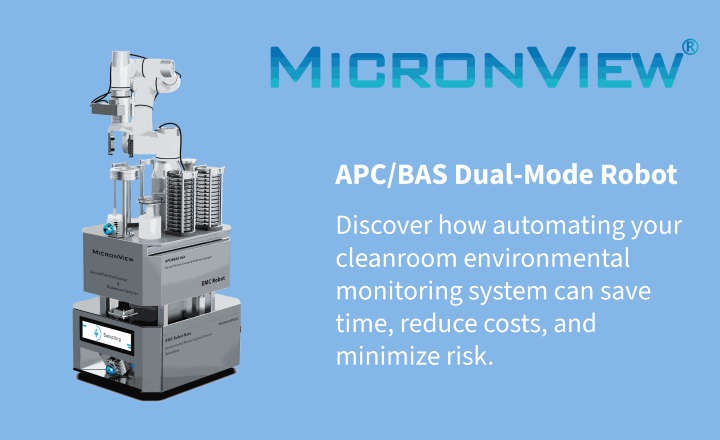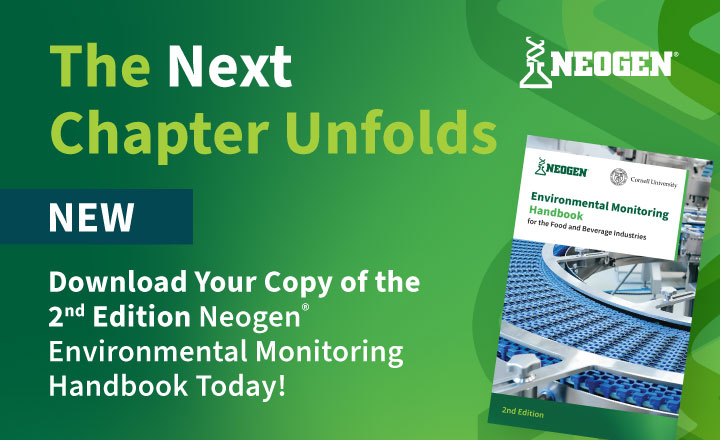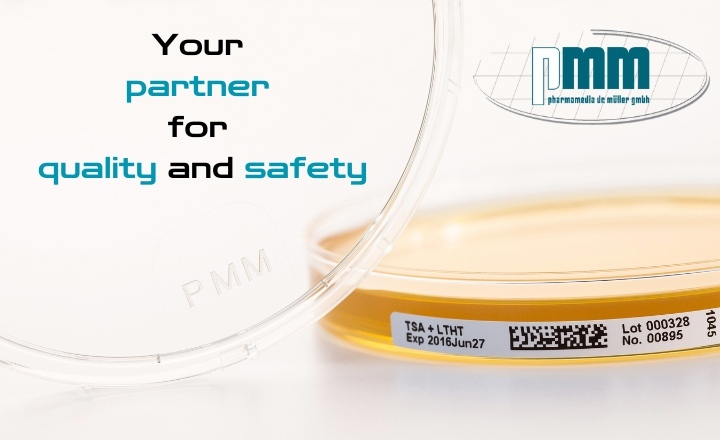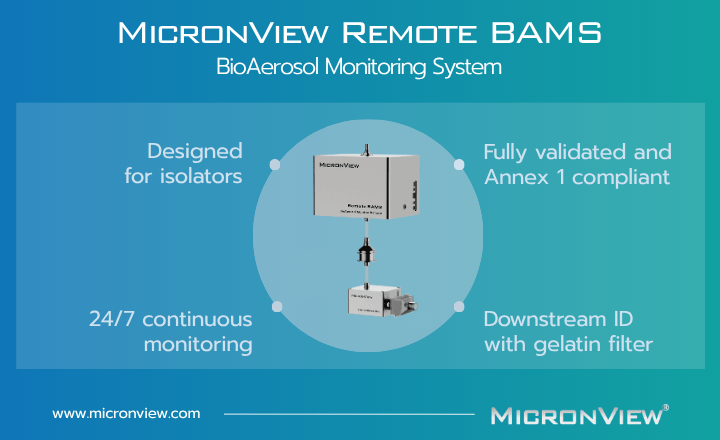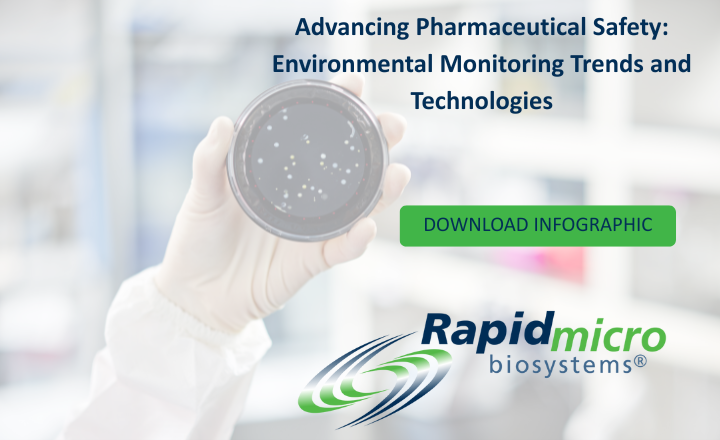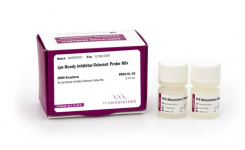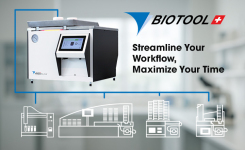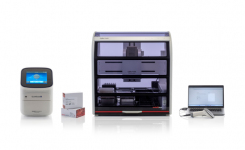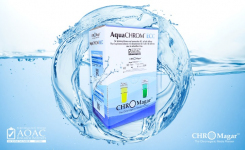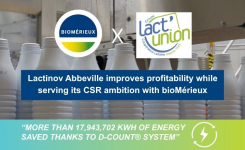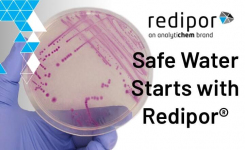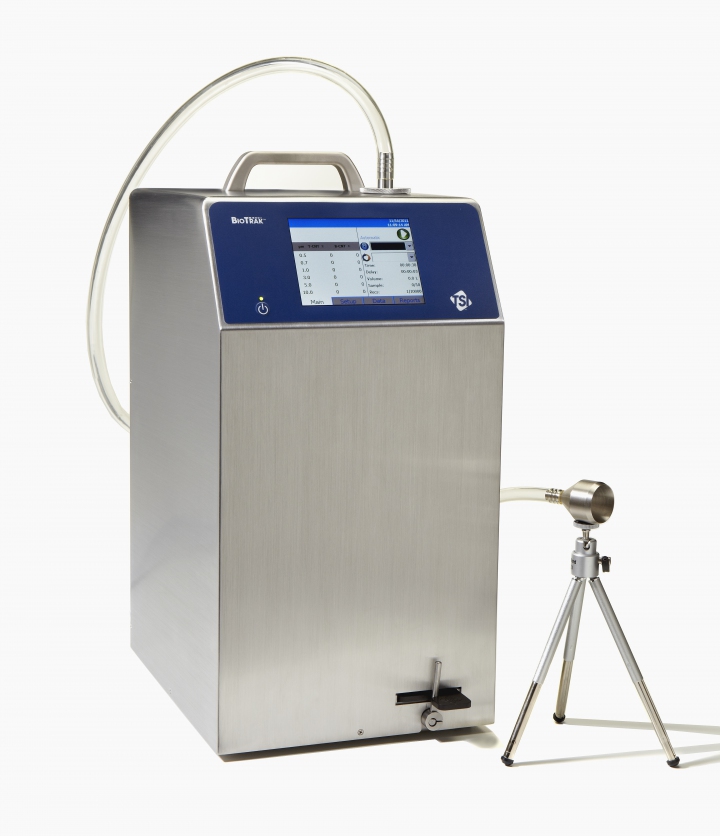
Optical Spectroscopy is a Rapid Microbiological Method (RMM) that is generating a lot of interest. Environmental monitoring using real-time airborne viable particle counters offer the exciting prospect of detecting airborne viable particles in real-time. Some organizations are waiting to see if other companies will adopt this technology; they are reluctant to be the first. There are companies that are embracing this new technology today, without advertising the fact. The potential benefits this technology has to offer of improved efficiencies, saving time and money without compromising patient safety, are too great to ignore.
The core measurement technique of this technology is Laser Induced Fluorescence (LIF). LIF is based on the principle that metabolites present in living cells fluoresce when excited by a blue laser light source. The measurement is not dependent on cell culturability, this means that LIF based airborne viable particle counts are higher than active sampler culture based counts for a variety of reasons. These include differences in active sampler collection efficiencies, impact of growth media on culturability of various organisms, incubation time and temperatures, Viable But Non Culturable (VBNC’s) organisms, and false positives.
Real-time airborne environmental monitoring of aseptic processing in Grade A and surrounding Grade B zones is the ultimate goal. The pathway to general acceptance will require time and a significant validation effort, especially when a new measurement technique such as LIF is deployed. A real-time airborne viable particle detector will need to be run in parallel with the existing active air samplers to establish a correlation. Once a relationship between the new and the existing method is understood, new action and alert limits can then be defined. Elevated airborne particle populations normally seen in Grade C and D zones means that a correlation can be quickly established. Very low airborne particle populations in Grade A and Grade B zones means a larger body of data will need to be collected to establish a correlation.
The great news is that monitoring is not the only application; there are applications where Real-Time Viable Particle Counters can be used today. These applications are non-compliance based and therefore present a low business risk. They are attractive because of their potential to provide immediate benefit, and at the same time build confidence in the Laser Induced Fluorescence (LIF) measurement method.
One such application that is generating a lot of interest is root cause investigations. Companies spend a lot of time and effort investigating environmental monitoring deviations. It is not uncommon for the outcome of an investigation to be inconclusive. Retraining the operators is a common preventative action as there may not be enough data to support any other meaningful conclusion.
Finding the source and therefore the root cause of microbiological contamination requires the difficult and time consuming task of positioning air samplers or settle plates in multiple locations. Even when using good science and a risk based approach to determine these locations, there is a 3-5 day wait to know the result. Real-time airborne viable particle counters are able to solve this problem by providing end users with an immediate notification of the presence of airborne viable particles. Finding the precise source of airborne viable particles could potentially take minutes instead of days or weeks. The instrument sample probe is identical to the one used by a standard optical particle counter. The probe can even be configured to beep every time a viable particle is detected just like a Geiger counter, enabling end users to quickly sniff out the exact location of the contamination source.
Understanding the source of any microbiological contamination promptly not only saves time, it supports more effective corrective and preventative actions (CAPA) implemented following a microbiological contamination event.






